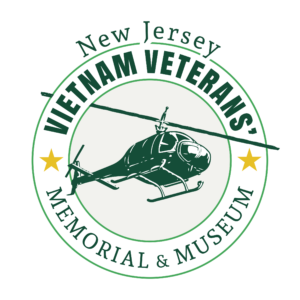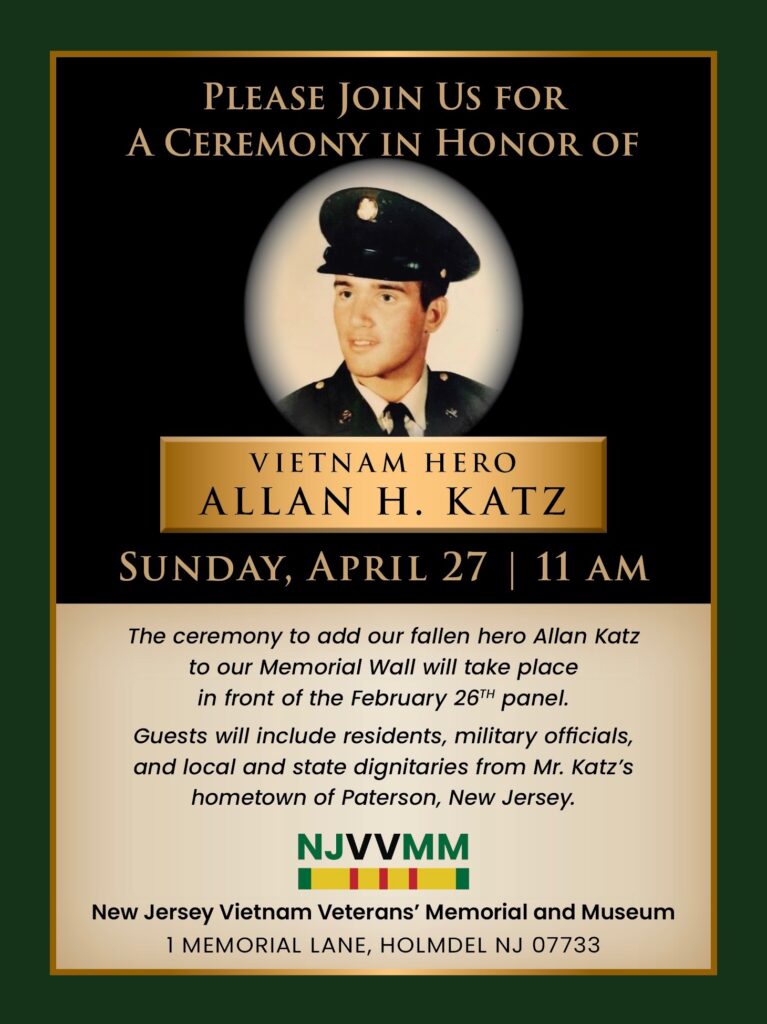History of NJVVMF
Our Mission
The New Jersey Vietnam Veterans’ Memorial & Museum is committed to sharing the experiences of the Vietnam War Era and its enduring legacy with future generations.
Our Memorial recognizes the valor of New Jersey’s Veterans and the sacrifices of their families and communities. Our Museum encourages learning by exploring the Vietnam War Era through inclusive and objective exhibitions.
The New Jersey Vietnam Veterans’ Memorial and Museum, located near the PNC Bank Arts Center in Holmdel, NJ, honor the courage and sacrifice of New Jersey residents who served during the Vietnam conflict. The Memorial pays tribute to the valor of those who never returned, while the Museum provides factual, unbiased information about the era through exhibits, multimedia presentations, structured programs, and guest speakers. This combination fosters discussion and a deeper understanding of America’s most divisive period since the Civil War. Supplemental programs, including veterans’ biographies, ensure the contributions of New Jersey’s veterans are preserved for future generations.
Establishing the Foundation
Vietnam Veterans‘ Remembrance Day
As a result of the increasing awareness of the Memorial, legislation was passed on April 16, 1991 to designate May 7th each year as New Jersey Vietnam Veterans‘ Remembrance Day. The committee requested a proclamation from the Governor‘s Office and encouraged other statewide observances. The first annual observance of Vietnam Veterans‘ Remembrance Day was held at the Memorial site with a wreath laying ceremony. Later that day, ceremonies were held at Liberty State Park.
More History of the Memorial
The idea for the New Jersey Vietnam Veterans’ Memorial had its beginnings on Veterans Day, November 11, 1982…
More History of the Museum
By the spring of 1993, preliminary plans for the Vietnam Era Museum, began as a result of the call for an educational component by veterans, students, and teachers in the state.


